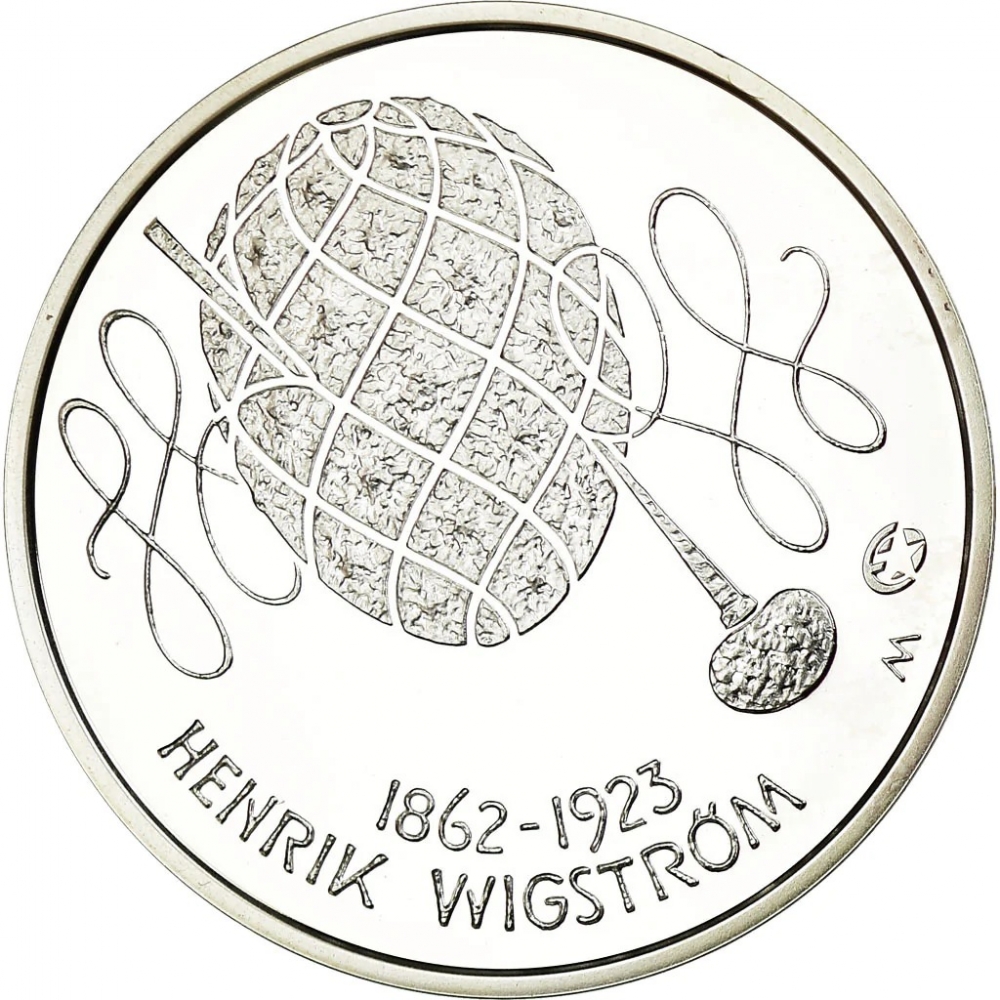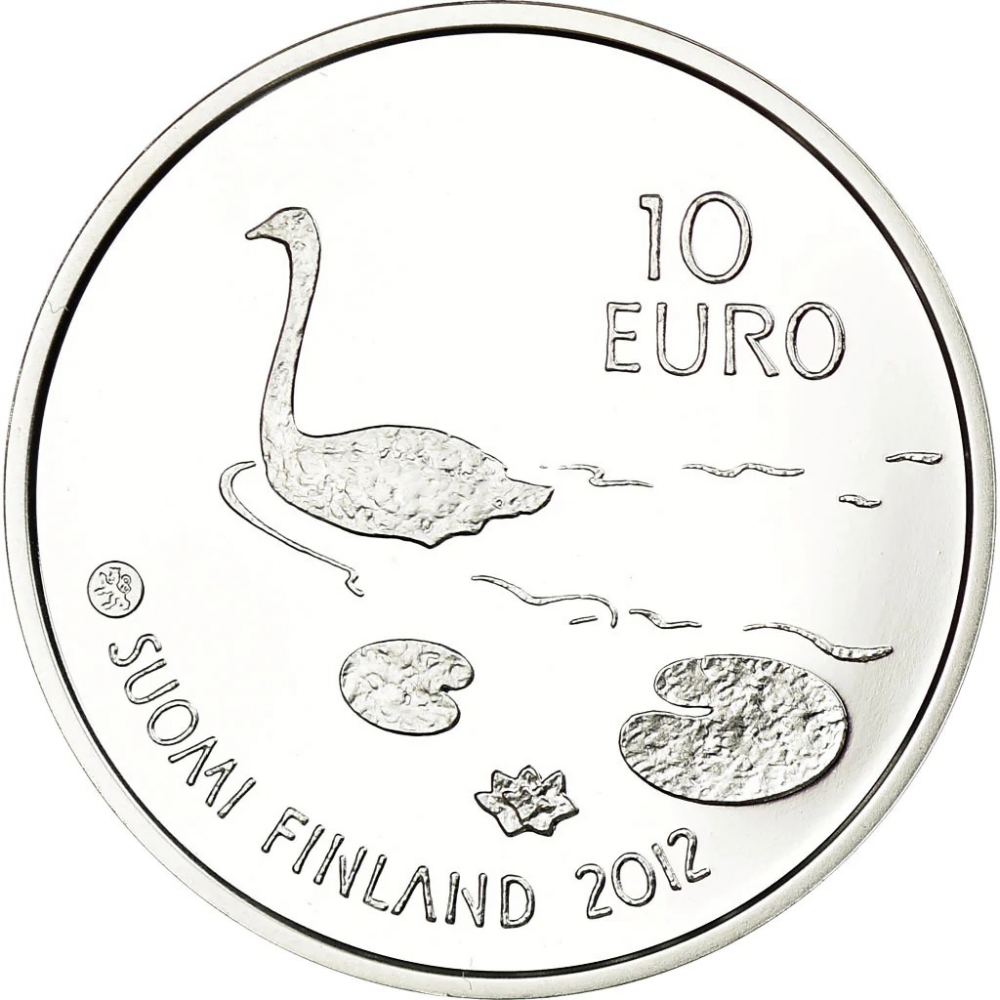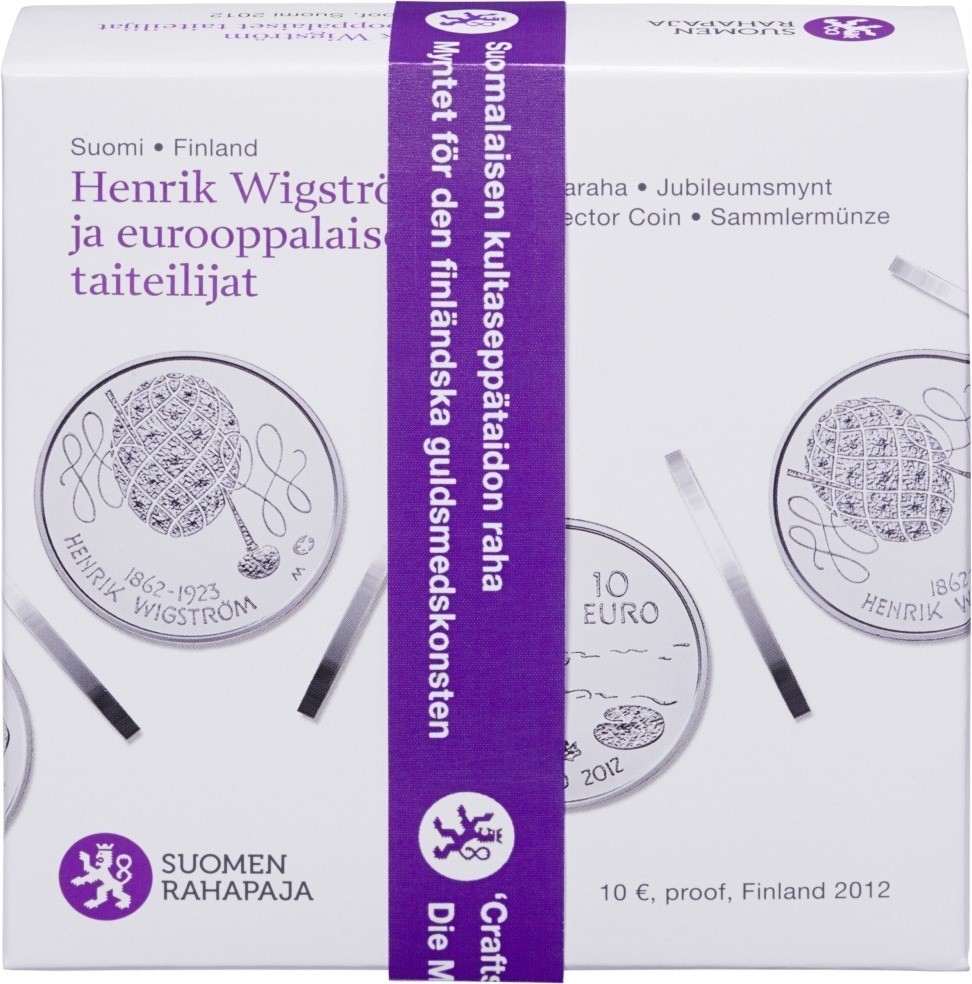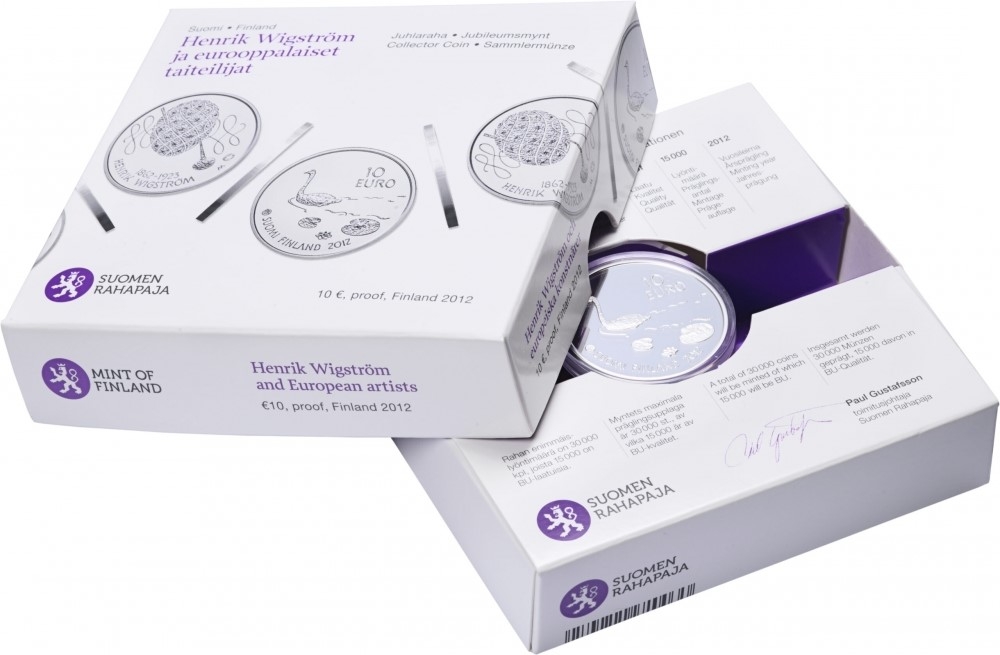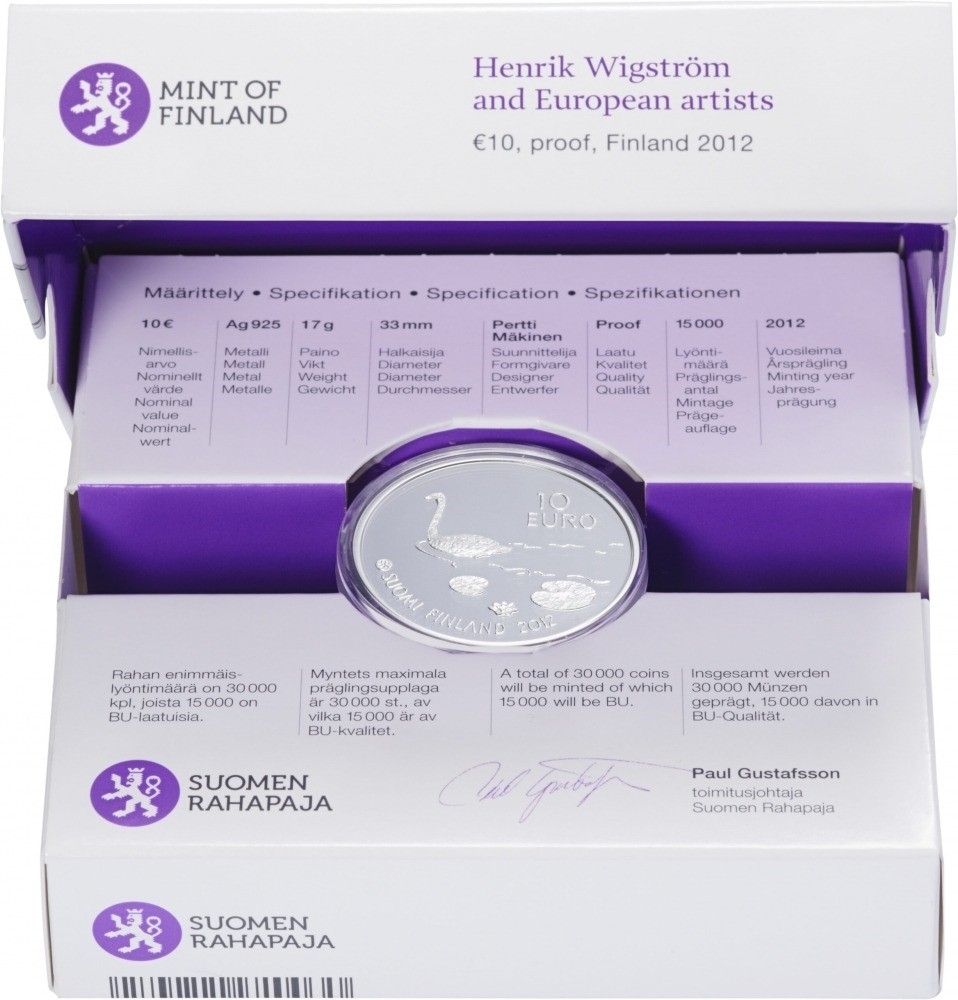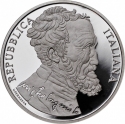You are about to finish your registration. Please check your mailbox (including spam folder). There should be a letter with a confirmation link. Check setting to make sure that your e-mail address is correct.
Send letter againDescription
Henrik Immanuel Wigström (1862–1923) a Finnish silver & goldsmith, was one of the most important Fabergé workmasters along with Michael Perchin. Perchin was the head workmaster from 1886 until his death in 1903, when he was succeeded by his chief assistant Henrik Wigström. These two workmasters were responsible for almost all the imperial Easter eggs.
Wigström became head workmaster at Fabergé after Perchin's death in 1903. The number of craftsmen in Wigström's workshop diminished drastically with the outbreak of World War I. By 1918, the Revolution forced the complete closing of the House of Fabergé. Aged 56, Wigström retreated almost empty-handed to his summer house, on Finnish territory, and died at Terijoki in 1923.
His art is similar to Perchin's but tends to be in the Louis XVI, Empire, or neo-classical style. Nearly all the Fabergé hardstone animals, figures and flowers from that time period were produced under his supervision.
2012 marked the 150th anniversary of the birth of Henrik Wigström. In honor of the anniversary, a 10-euro silver commemorative coin was issued.
The collector coin is part of the Europa Coin Programme, also known as the European Silver Programme, or the Eurostar Programme. It is an initiative dedicated to the issuance of collector-oriented legal tender coins in precious metals to celebrate European identity. The issuing authorities of EU member countries voluntarily contribute coins to the Europa Coin Programme. Multiple countries have participated in the programme, beginning in 2004. Some coins are denominated in euro, others are denominated in other currencies.
Engraver: Pertti Kalervo Mäkinen
Issue date: 03.02.2012
Obverse

|
Depicts the famous Fabergé Easter eggs made by Wigström for the Russian Tsar and his wife. The obverse side of the goldsmiths' coin depicts an unfinished Easter egg and a graver. 1862-1923 |
|---|---|
Reverse

|
Depicts a swan, in homage to another example of Wigström's exquisite workmanship, the "Swan" Easter egg. The surprise within the egg is a swan made of platinum, gold and precious stones, swimming on a lake of aquamarine. 10 |
| Edge |
10 Euro
Eurostar - European Visual Artists
150th Anniversary of Birth of Henrik Wigström
Subscribe series
KM# 179 Schön# 174
Eurostar - European Visual Artists
150th Anniversary of Birth of Henrik Wigström
